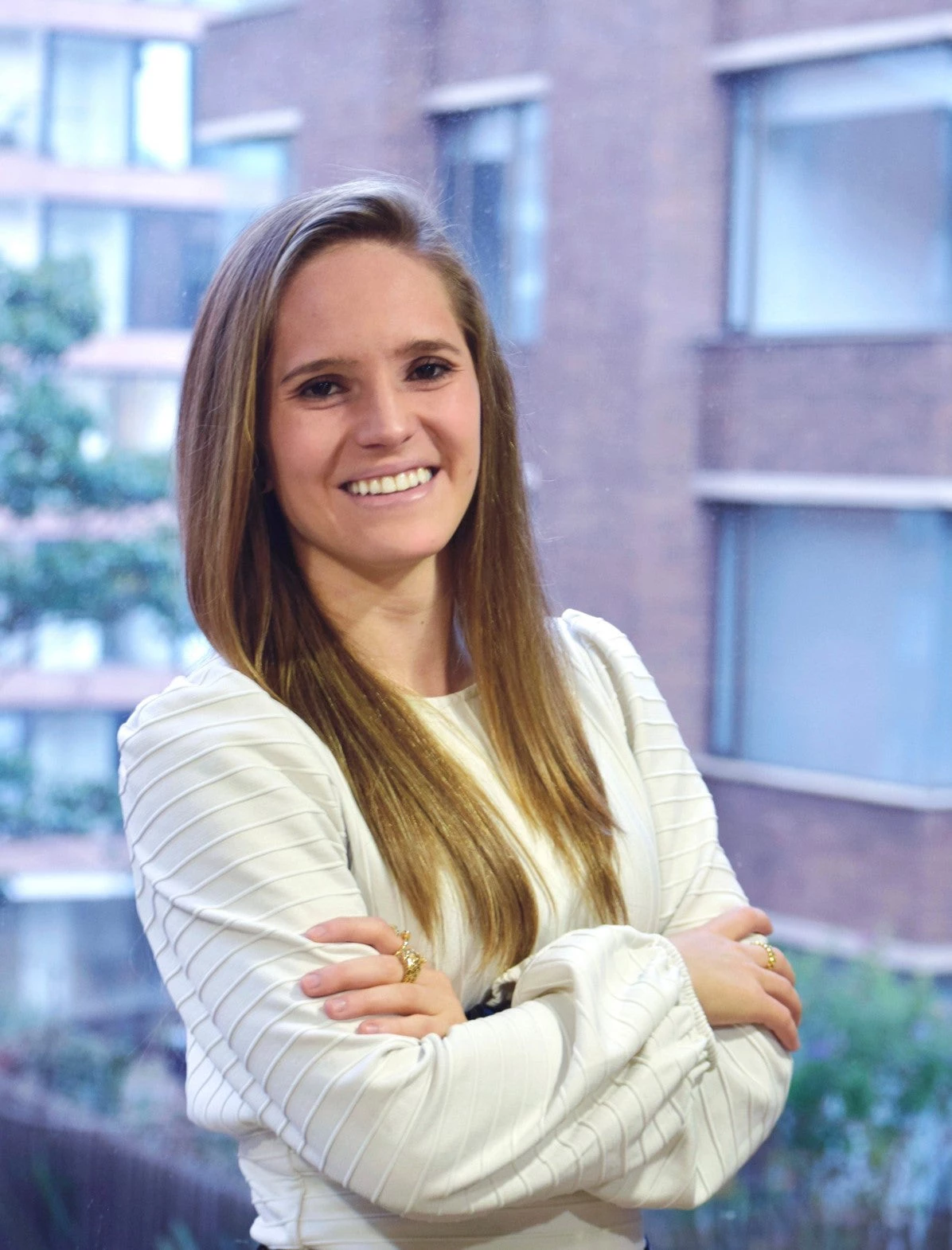In cities around the world, the scales are still tipped heavily in favor of private cars.
Take parking policy, for instance. In most developing cities, curbside use is unregulated, and cars and trucks can park for free. In general, there is no framework for delivering the correct supply of on-street parking space guided by the right incentives. The idea of charging motorists for using roads is even less common, even in the developed world.
Yet car use does come at a cost. There is, of course, the cost of building and maintaining infrastructure such as roads, traffic management systems, parking spaces, etc. And then there is also the cost associated with the many negative effects of car use, from traffic congestion to air pollution, noise, climate emissions, and more. When governments let motorists drive or park for free while transferring the cost to taxpayers and society at large, they are, in fact, subsidizing car use.
The situation is problematic on many levels. First, these subsidies create incentives for driving instead of encouraging residents to transition toward more sustainable transport modes. In addition, they tend to benefit a small minority of the population, especially in low and middle-income countries. For example, data from Bogota shows that private cars only make up 15% of trips in the city, and mostly belong to upper-income groups levels. Similar numbers come out from surveys in Lima, Peru, Freetown, Sierra Leone, Cairo, Egypt, or Delhi, India (see MDPI, 2020). By contrast, the more sustainable transport modes that account for the vast majority of trips in developing cities — namely mass transit, walking, and cycling — have been chronically underfunded.
To correct that imbalance, policymakers have several tools at their disposal to put a fair price on car use and generate extra revenue, which cities may then channel toward other modes. Paid parking and road pricing, in particular, are two powerful options that can help address the negative externalities of private cars and contribute to more sustainable, more equitable urban transport. But how can governments make these measures politically acceptable? Can parking charges and road pricing really tackle the "underfunding trap" of public transport? Are we sitting on unexplored gold mines?
To answer these questions, our team looked at the case of Bogota, Colombia — a city that is well known for its history of transport innovation.
With the introduction of high-quality bus rapid transit (BRT) services in the early 2000s, Colombia’s public transport systems, which previously were dominated by informal providers, began requiring public subsidies to cope with the operating costs of modern, safe, efficient, and affordable BRTs. As BRTs expanded, so did the need for subsidies, as farebox revenues covered only 60% of service costs (2012-2019 average). COVID-19 has made the situation even worse: between March 2020 and August 2021, the country’s six largest Bus Rapid Transit systems have accumulated a funding deficit of more than USD 947 million (COP 3.6 trillion), including more than USD 605 million (COP 2.3 trillion) for Bogota’s flagship TransMilenio network.
In 2021, the Government of Bogota implemented two innovative measures that could provide a fresh stream of revenue for the system:
- Reform of traffic restrictions: In 1998, Bogota introduced its Pico y Placa system (“Rush hour and license plate”, or PYP), which each day restricted the circulation of 40% of the private vehicle fleet during rush hours. The program was intended to curb congestion and nudge drivers to use TransMilenio, a novelty at the time. Over the years, the system was tweaked to alternate the restriction days and hours, with the latest iteration restricting 50% of the fleet during rush hours: odd-number terminated plates could only circulate on even calendar days, and so on. In September 2020, the first significant modification was implemented: PYP Solidario, whereby car owners can buy themselves out of the restriction by purchasing daily, monthly, or biannual exemption passes, or, alternatively, register in a car pooling platform, which allows pre-registered drivers to skip the restriction if driving with 3 or more passengers. For paying drivers, the registration fee depends on the emissions generated by the vehicle (a function of engine size and vehicle weight), the vehicle valuation, and if the vehicle is registered in Bogota or other state (cheaper for Bogotanos). By introducing the pay-to-opt-out option, Bogota found a clever way to transform PYP into a road pricing scheme with a path of less citizen pushback if compared to other congestion charging bills attempted around the world. One hundred percent of the revenues generated by PYP are meant to pay for TransMilenio’s operating subsidies.
- Next Stop: Monetizing on-street parking. Since 2021, and after decades of poorly regulated on-street parking, Bogota has reclaimed curb space in key affluent areas, effectively pulling the brakes on the most significant hidden subsidy going to private car owners : free on-street parking. Bogota expects that charging for on-street parking will enhance economic activity as it increases parking rotation and, by extension, could improve footfall for local businesses and allow better managing curb space for deliveries and pick up services. The revenues of this initiative will initially fund the expansion of the new on-street parking networks (signage, electronic payments, enforcement and trained facilitators), and surpluses will gradually be directed towards TransMilenio’s operating subsidy fund.
Bogota’s transport department (SDM) expects that by 2023, when the first 13 new parking areas are fully operational and road pricing is completed, these initiatives could bring in around USD 49 million. That number is expected grow steadily up to USD247 million per year by 2032. Revenues from both systems generated by car owners will be directly reinvested into the public transport system, supporting vital fleet replacement, infrastructure maintenance and quality of service projects. While these measures are still in their infancy, the experience of Bogota shows how cities can introduce more fairness into urban policy — and make sure fiscal resources go to transport modes that are most beneficial to people, the planet, and the economy.
Our team would love to hear about other trailblazing cities looking to implement innovative and impactful parking policies. If you know of any interesting examples, please feel free to share them in the comments section!





Join the Conversation